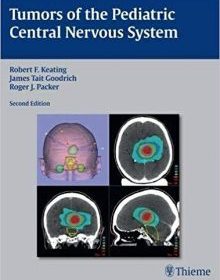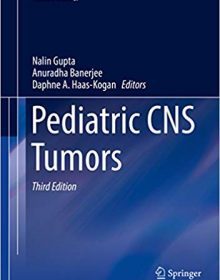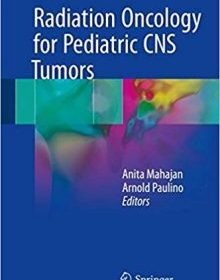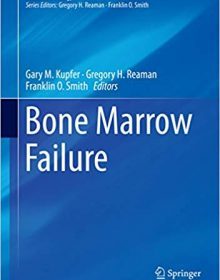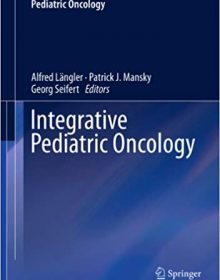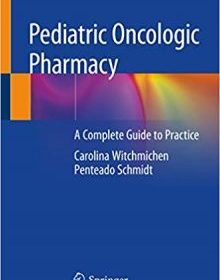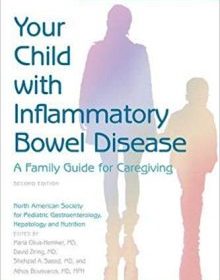Malignant Pediatric Bone Tumors – Treatment & Management

Malignant Pediatric Bone Tumors – Treatment & Management
This book describes in detail current best practice in the diagnosis and treatment of malignant pediatric bone tumors and also discusses other important aspects of management. Clinical assessment, the role of different imaging modalities and choice of biopsy procedure are explained and an individual chapter is devoted to diagnostic pathology. The treatment-oriented chapters offer in-depth descriptions of chemotherapeutic regimens, radiation therapy, limb-salvage options and amputation-related issues and in addition consider the approach to lung nodules, the role of biomarkers, off-therapy monitoring and the treatment of relapse. Psychosocial impacts and needs are addressed and guidance provided on nursing during treatment and rehabilitation following orthopaedic surgery. Closing chapters evaluate emerging therapies and discuss disparate aspects of survivorship. The authors are acknowledged experts and include many contributors from the Nationwide Children’s Hospital, a leading pediatric care facility in the United States.

